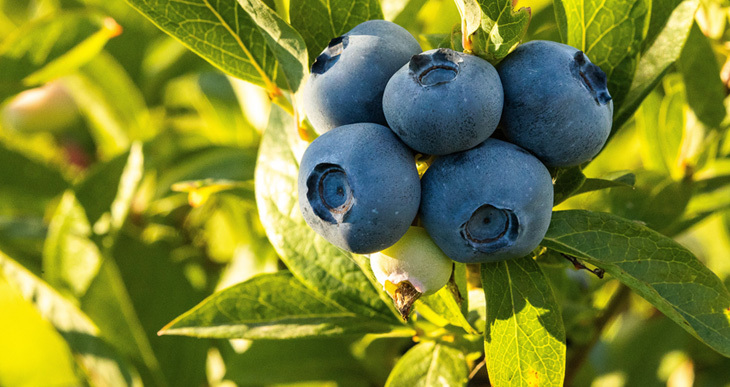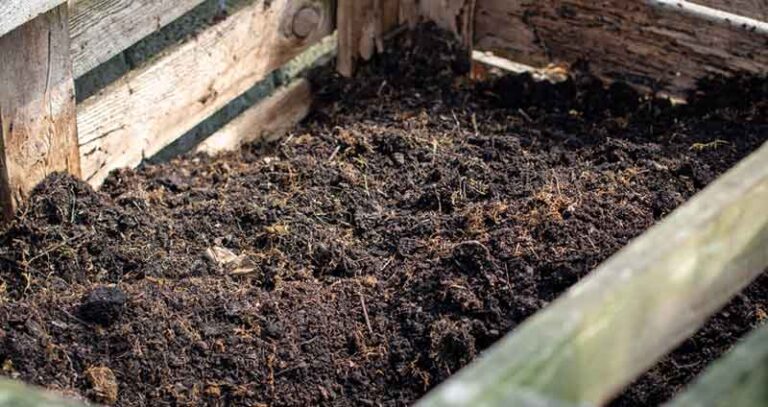How Wet Should Compost Be (The Truth about Compost Moisture)
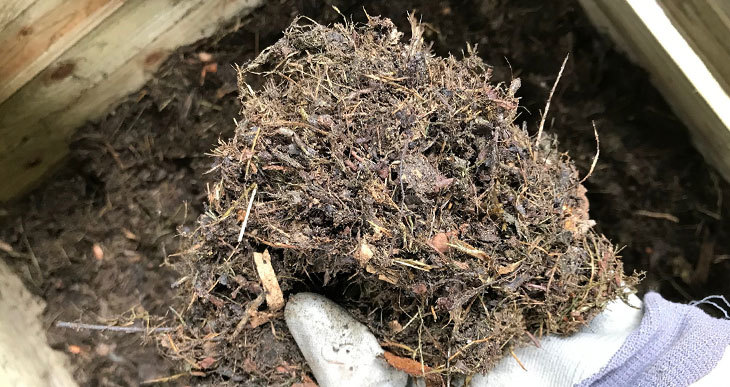
Water is one of the four essential ingredients for successful composting.
Enough H2O in a pile will help compost microorganisms break down organic wastes.
The trick is getting the moisture level just right!
Too little, and the microorganisms will struggle to work; too much, and they’ll be starved of oxygen.
In the following article, I’ll share all the tips and guidelines you’ll need to stop your compost pile from drying out or getting drenched. And to keep your composting microorganisms happy and healthy, of course!
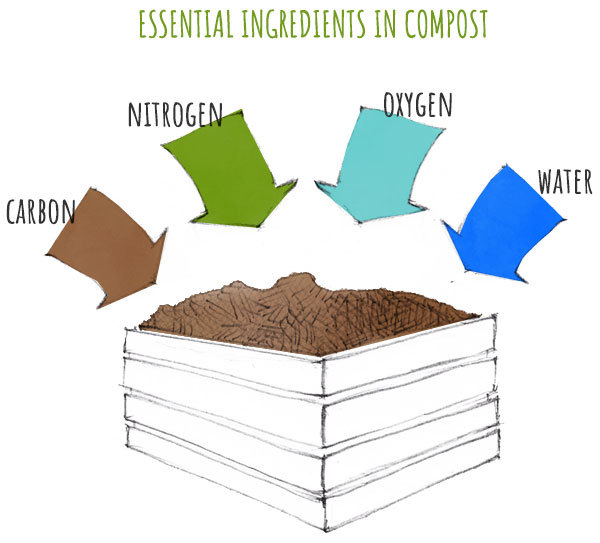
How Wet Should I Keep My Compost Pile?
For optimal aerobic composting, a compost pile should be 40–60% water. You can use your senses to gauge whether your pile’s moisture level is within the ideal range. Your pile should look damp but not soggy, it should feel similar to a wrung-out sponge, and it shouldn’t emit an odor.
Whether you compost in a pile, bin, or tumbler, the rule’s the same:
Keep your compost damp, not soggy.
However, each method has specific things to watch when monitoring moisture levels. Here’s what to remember when checking the dampness of your compost.

How Wet Should A Compost Pile Be?
A compost pile needs to be kept moist but not waterlogged. A 50% moisture level is the ideal average to aim for.
As compost piles are exposed to the elements, keeping their moisture at the coveted damp, not soggy level can be tricky.
If your weather is generally all sun, all day, you’ll need to water your pile regularly to replace what evaporates. Then again, if it rains a lot where you live, your pile will become quickly soaked.
The ideal solution is to wet the pile as you build it. If the materials are sufficiently wet initially, they should remain that way.
Remember, you can also adjust the wetness of a pile by the ingredients that you add. More dry carbon-based materials will help dry out a soggy heap. And more fresh, wet ingredients will add moisture.
Locate your pile in a spot with well-draining ground to help excess moisture drain away and prevent waterlogging.
Add a cover (a loose tarp like this should work – Amazon) to protect it against weather extremes and keep the moisture level healthy.
How Wet Should A Compost Bin Be?
Stick to the average recommendation of approximately 50% moisture levels. Anything above or below 10% of this level is considered too wet or too dry.
It tends to be easier to keep compost moisture levels neither too wet nor too dry in a closed bin. The wetness of compost in a bin is generally more stable. This is because the container helps protect the compost against the elements, keeping the rain out and preventing evaporation.
However, if your bin has a solid base and no drainage holes, check and turn the contents regularly (it’s possible that your compost bin needs holes added).
How Wet Should A Compost Tumbler Be?
Compost should look and feel moist and not be dripping wet when you handle or squeeze the mixture. If you measure the moisture, the ideal level to aim for is 40-60%.
One of the benefits of a tumbler is that it can speed up the decomposition of organic waste. You don’t want to sabotage this potential perk by making your compost too wet.
It’s best to compost a whole batch of organic wastes in a tumbler in one go. Balance greens (wet organic waste, like fruit and veg scraps) and browns (dry organic waste, like dried leaves and grass) from the start to keep the moisture levels damp, not soggy.
How Do I Know If My Compost Is Too Wet?
A slimy appearance or puddles of water at the bottom of the compost are signs that it’s too wet. Also, worms crawling away from the compost or an odor like rotten eggs indicate that compost is waterlogged. Another clue your compost might be too moist is if it’s taking too long to decompose.
Besides looking for these signs your compost is too moist, you can also do checks using either a compost moisture meter or your own hands.
Compost Moisture Meter
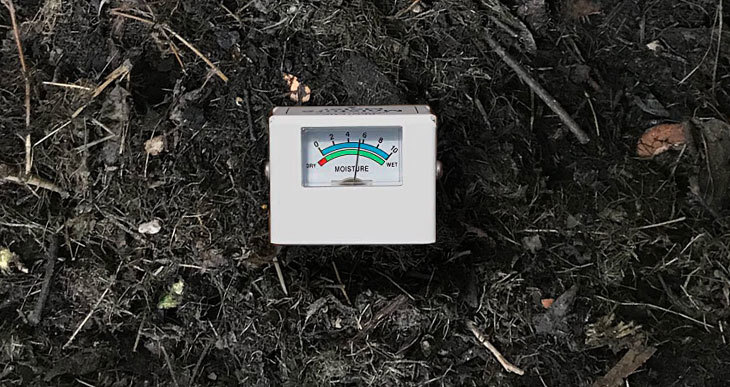
You can buy gadgets called compost moisture meters that (yup, you guessed it) measure the moisture level in compost.
These meters (like this one on Amazon) have a sensor at the end of a long probe. You stick this deep into your compost to get an idea of the moisture level at its center.
Thanks to compost tools like this, you will get a good indication of whether your compost is too wet or dry.
Tech-loving gardeners might have already decided they need a moisture meter. Still, these tools aren’t must-haves for successful composting. Instead, your body’s got its own compost moisture meter: your hands.
Compost Squeeze Test
There’s a hands-on way to check compost moisture levels: the squeeze test.
This is when you get to compare your compost’s consistency and moisture content to a wrung-out sponge.
Dig into your heap (wear gloves if you’d like) and take a handful of compost right from the center.
Squeeze the compost for a few seconds, trying to decide whether it feels about as damp as your wrung-out sponge. Watch how much water drops from the compost as you squeeze it, and check what the compost looks like when you ease your grip.
If only a few water droplets are released, and the compost stays together when you open your hand, the moisture level is just right. However, if the compost feels soggy and clumps up in your closed hand, it’s too wet. Likewise, the compost’s too dry if it crumbles apart when you open your hand.
Repeat the squeeze test with handfuls of compost taken from different areas around the heap.
Should Compost Be Kept Wet?
Compost shouldn’t be kept wet; it should be kept damp. The recommended moisture content of about 50% reflects the idea that compost should not be too wet or too dry.
Why Water Is Important For Your Compost Bin
Ideal moisture levels (say it with me: damp, not soggy!) make composting microorganisms thrive, help microorganisms migrate to different heap areas, transport nutrients, and remove some waste products.
Without enough H2O, the poor composting microbes will get sickly and slack off while breaking down organic wastes, meaning you’ll have to wait longer for your homemade garden compost.
How Often Should You Wet Your Compost?
Water your compost whenever its moisture needs topping up to get to that sought-after wrung-out-sponge level.
There are three ways to tell if your compost is a little thirsty: look for signs of dryness, do the squeeze test, or use a compost moisture meter.
If your compost is slightly dry, you might be able to bring the moisture balance back by simply adding more greens (especially fruit and veggie scraps) and tossing everything together. Alternatively, try spraying your pile with water from a bottle.
Suppose your compost is on the verge of dehydration. Well, then give it a good drink of water, pouring from the top of the heap (slowly to prevent run-off) till it’s damp, not soggy. Then turn the compost to spread the water around.
This is one of the reasons it’s a good idea to locate your compost near a source of water.
Is Wet Compost Bad?
Overly wet compost is a problem. It takes longer to break down and can become anaerobic (without oxygen) and smelly.
When compost is too wet, water fills the spaces needed for airflow throughout the heap. And when oxygen is limited, aerobic microorganisms die. As a result, anaerobic composting microbes take over, and that sulfurous stink that gives compost a bad name starts to develop.
Can You Use Wet Compost?
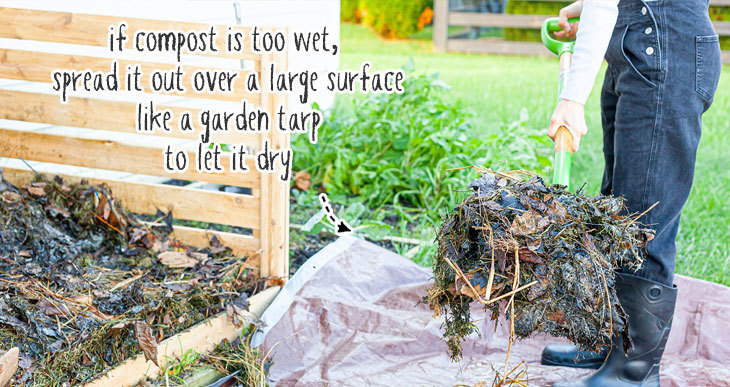
Compost that benefits your garden is moist, crumbly, easily spreadable. This kind of compost smells like fresh earth. Wet compost doesn’t have these characteristics.
Wet compost is slimy, smelly sludge. Not exactly garden-friendly.
Rather than subjecting your shrubs and veggies to soggy compost, take these damage-control steps to improve the moisture level:
- Add absorbent browns to the compost. Fast-acting options include clean sawdust, straw, shredded dried leaves, or shredded cardboard.
- Mix the compost well to air it and break up matted clumps, restricting airflow.
- Spread the compost over a large surface to let it dry out.
Turn your pile regularly and maintain the damp, not soggy moisture level. Then, you can have wonderful, sweet-smelling compost ready for your garden in a few weeks.




